Climate Change Sparks Rare Winter Bloom in Earth’s Driest Desert
The dry Atacama Desert is now surprisingly showcasing vibrant flowers in the middle of winter, a phenomenon not seen in a decade.
This unusual event has draped parts of the world’s driest desert in shades of white and violet, captivating scientists and nature enthusiasts alike.
Mid-April Rains: A Rare Catalyst
The rare bloom was triggered by an unexpected rainfall in mid-April, which brought about 0.4 inches (11 millimeters) of rain to North Chile.
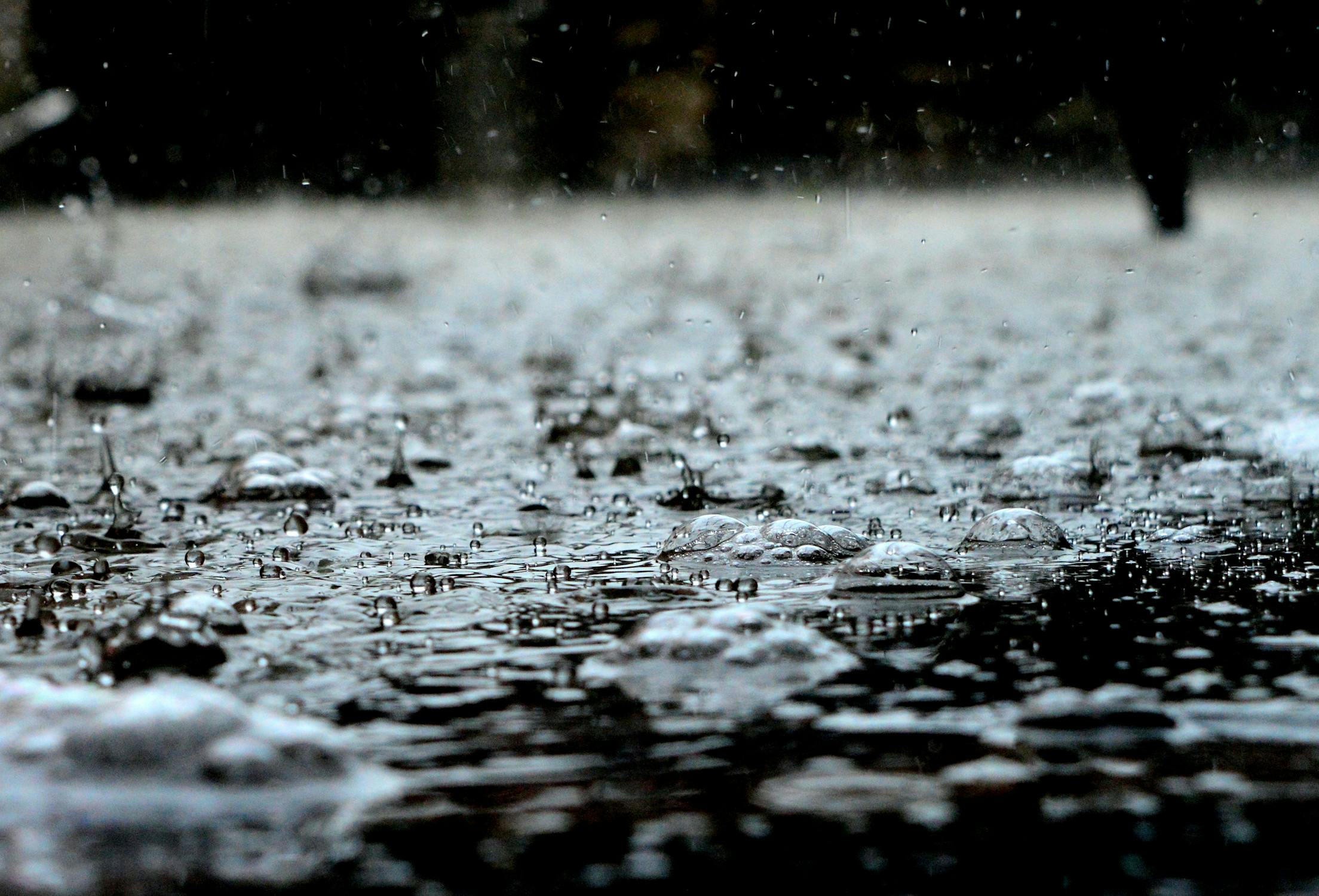
Source: Pixabay
This rain, combined with the morning fog known as “camanchaca,” helped stimulate dormant vegetation that can stay inactive for up to 15 years.
Diverse Floral Display
The Atacama’s landscape is currently adorned with bright fuchsia-colored “pata de guanaco” flowers and the delicate white “sighs of the field.”
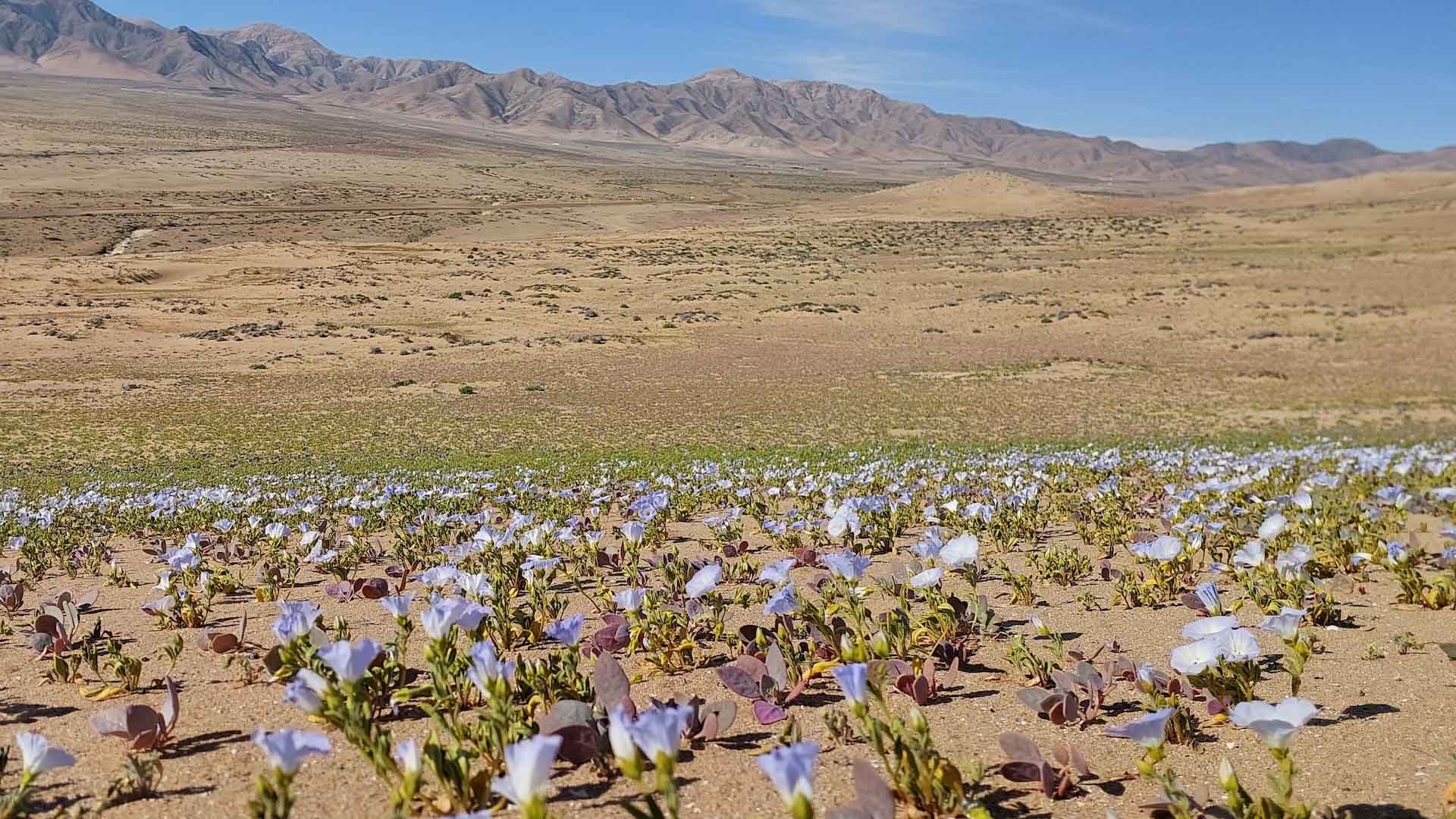
Source: César Esteban Pizarro Gacitúa/LiveScience
Covering an area between 115 and 155 square miles, the spectacle offers a rare view in one of the planet’s most arid regions.
Impact of Climate Change
Experts believe climate change is a significant factor behind these unexpected blooms.

Source: Melissa Bradley/Unsplash
The increase in unusual weather patterns, including the mid-April rains, points to broader climatic shifts that are affecting ecosystems worldwide.
Comparison to Past Blooms
Typically, the Atacama Desert experiences blooming from September to October, influenced by winter rains.
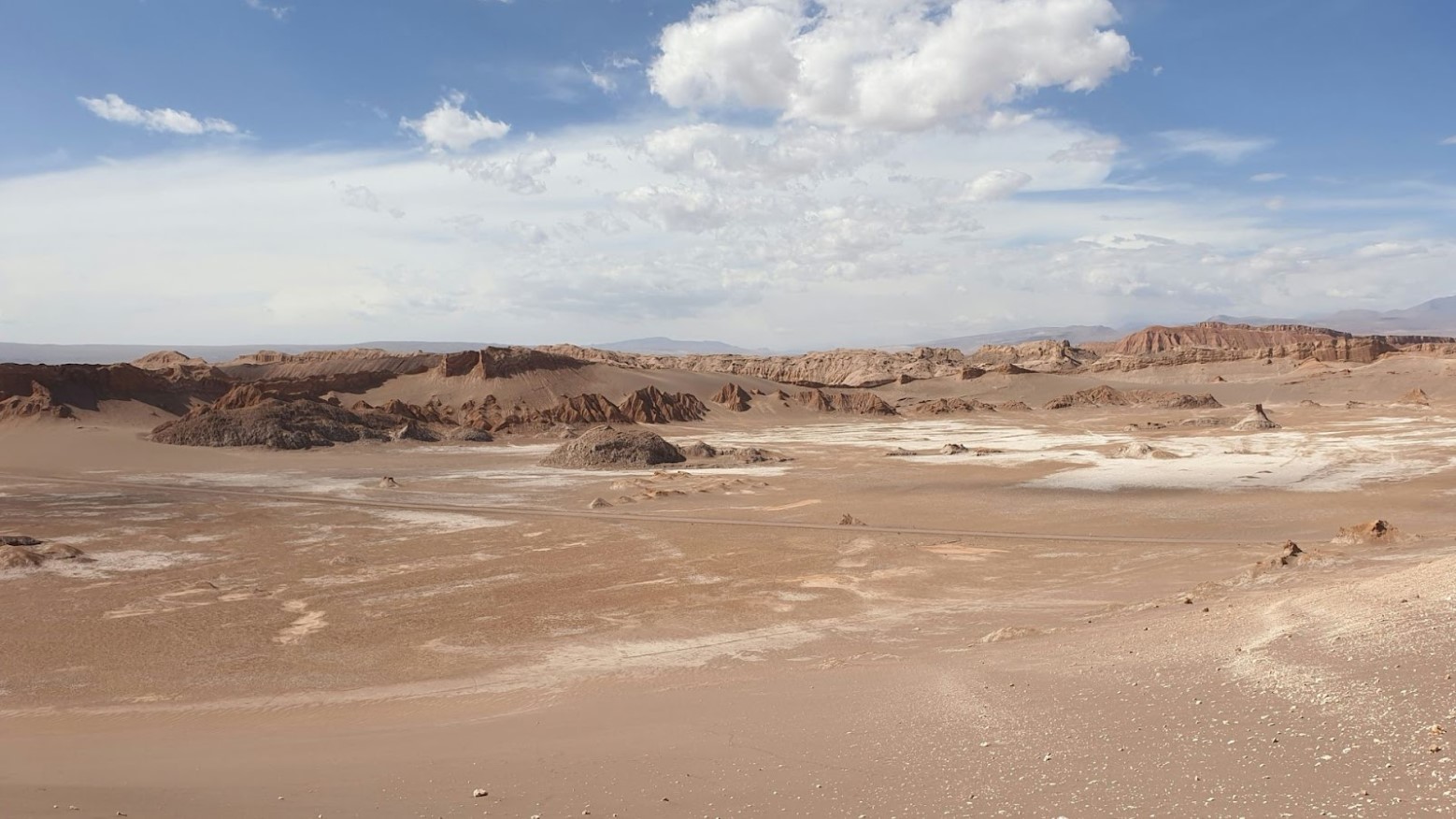
Source: Sandro Meier/Unsplash
The last significant bloom occurred in 2015, spurred by rains in March. However, the current bloom’s timing and scale are unprecedented in recent history.
El Niño’s Role in Desert Blooming
Historically, the El Niño climate pattern, which increases precipitation in Chile, has been responsible for causing the Atacama’s desert to burst into bloom.
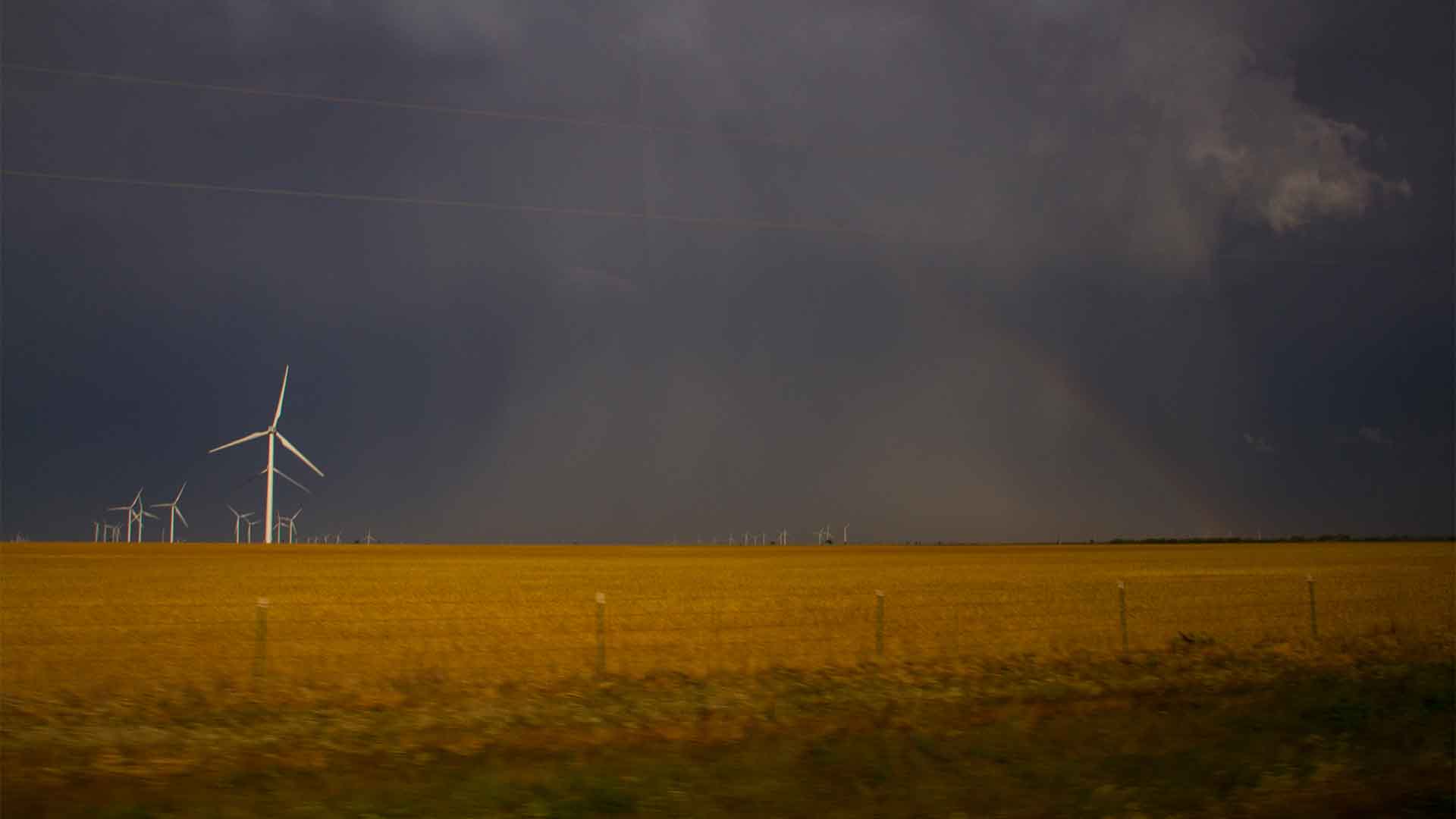
Source: Getty Images
This effect usually results in a full flowering desert stretching up to 5,800 square miles with around 200 species of flowers.
Challenges with Pollination
María Fernanda Pérez, associate professor of ecology at the Pontifical Catholic University of Chile, highlighted a critical issue: the absence of pollinators.

Source: Didier Descouens/Wikipedia
The decoupling between flowering and pollinators could lead to a lack of seed production, impacting the desert’s flora long-term.
Tourist Attraction
The blooming desert has always been a magnet for tourists and botanists worldwide.

Source: Freepik
The transformation of the barren landscape into a colorful canvas is a spectacular event that draws significant attention, boosting local tourism and awareness about climate change impacts.
Potential End with La Niña
The current bloom may be short-lived as the region transitions to La Niña, a climate pattern that typically brings drier conditions.
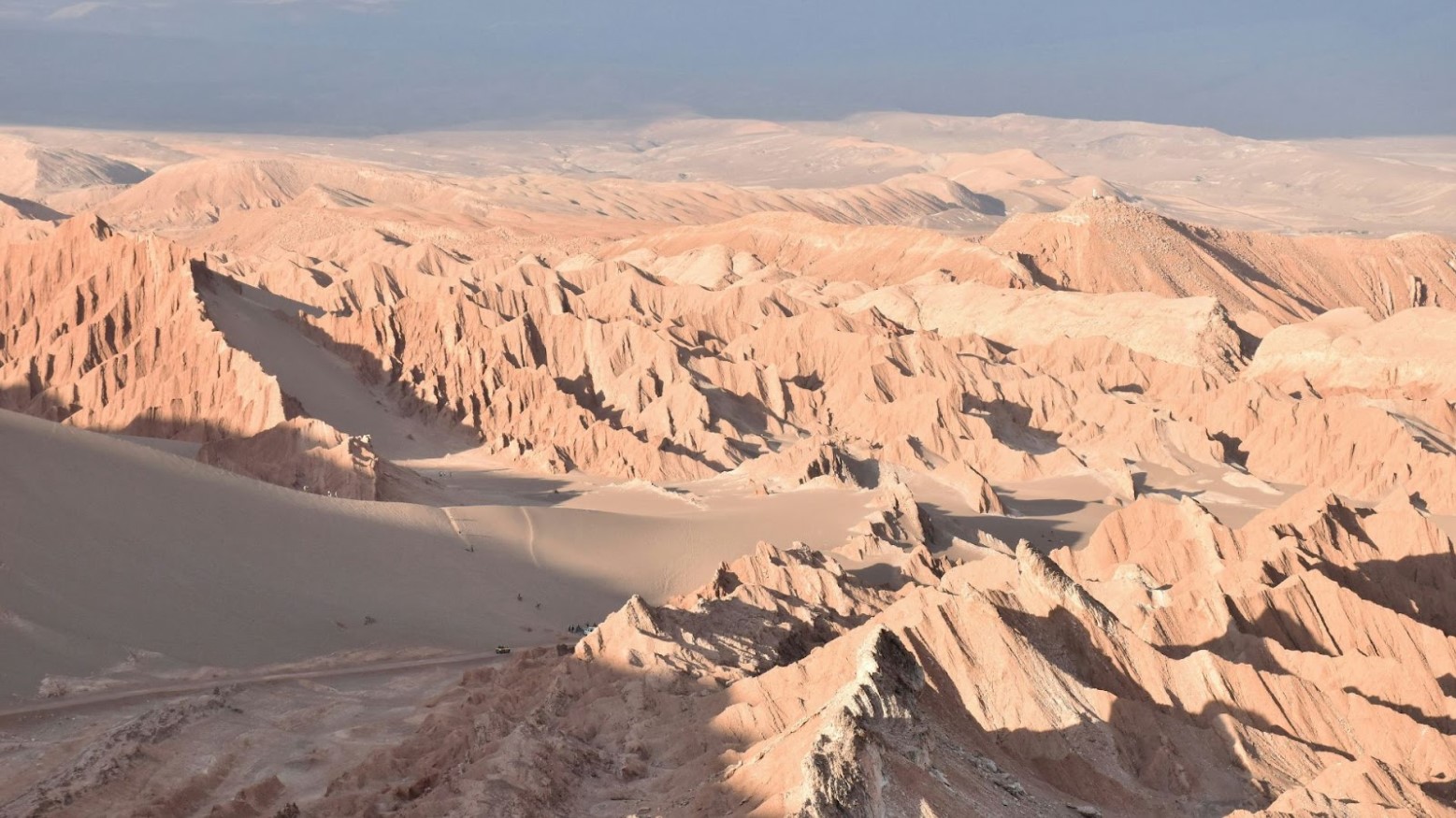
Source: John Vincent/Unsplash
This shift could mean that the ongoing rare winter blooms might be the last seen for many years.
Scientific Observations
Researchers are closely monitoring this rare event.
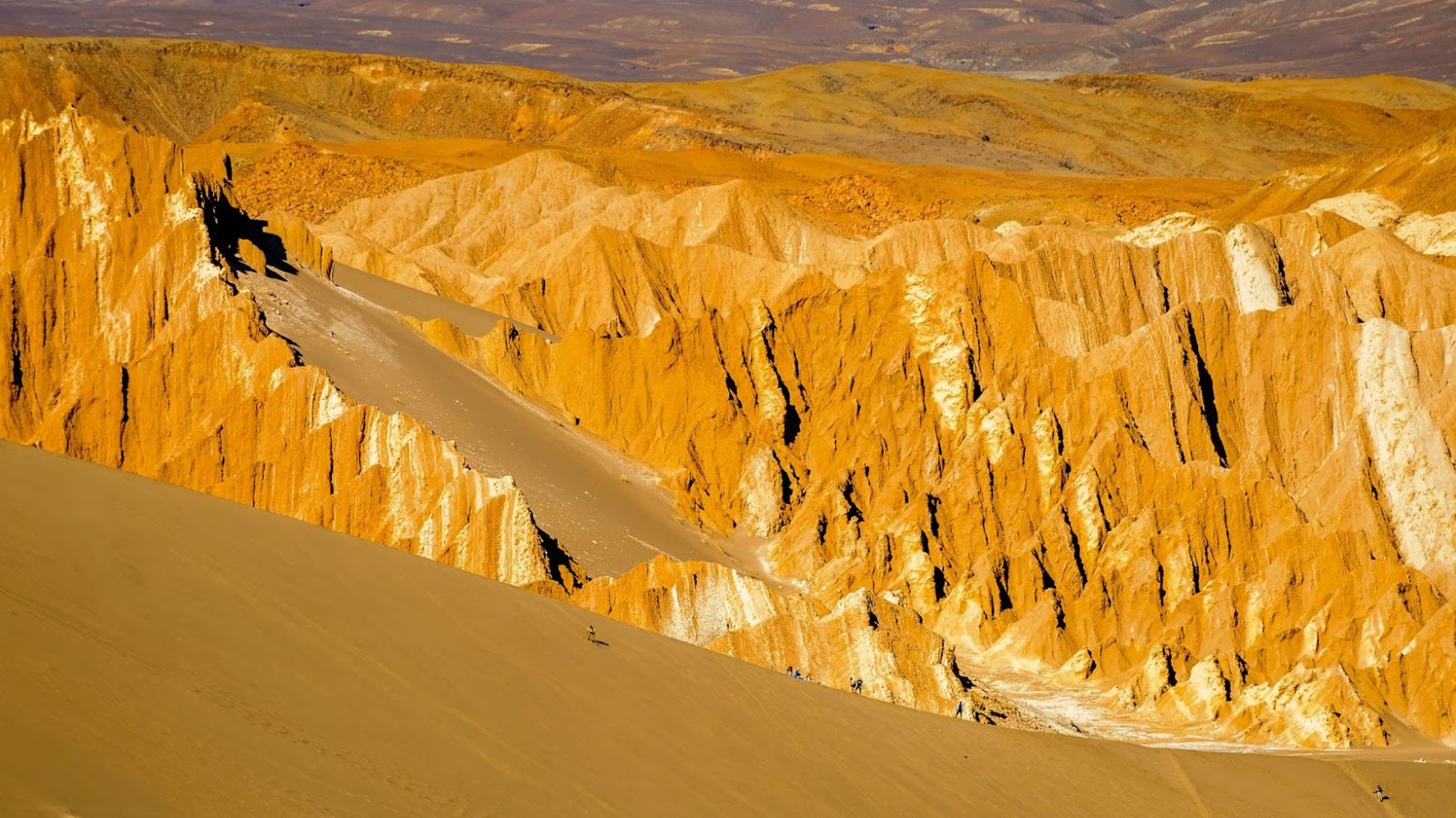
Source: Alexander Schimmeck/Unsplash
César Pizarro from the National Forestry Corporation (Conaf) in Atacama confirmed the bloom’s extent and its significance, providing valuable data for understanding climate change’s impact on desert ecosystems.
Future Implications
If climate change continues to induce such rare events, the Atacama Desert could also experience more frequent but unpredictable blooms.
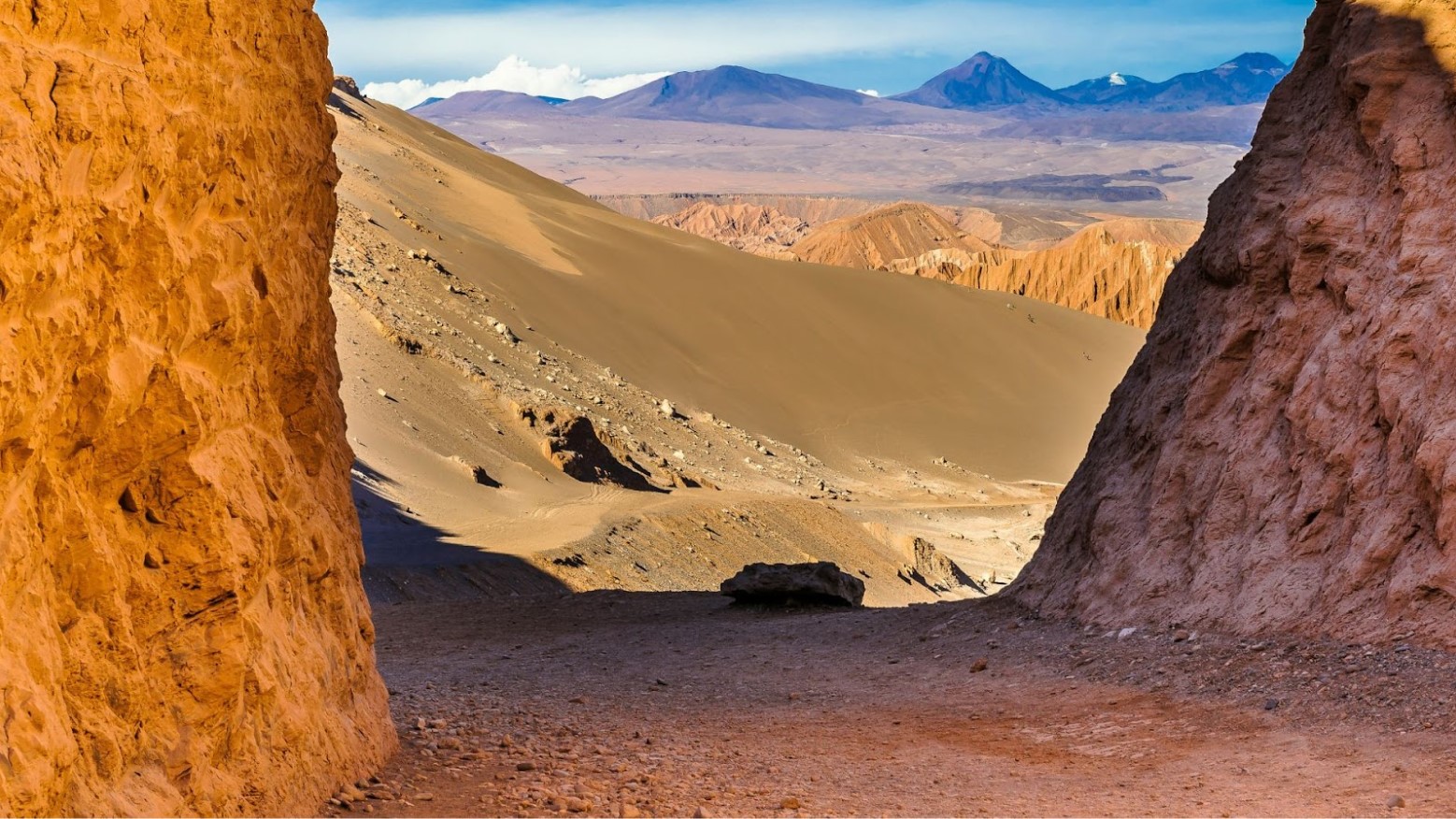
Source: Alexander Schimmeck/Unsplash
While this could bring temporary beauty, the long-term ecological impacts remain uncertain and potentially harmful.
Climate Change's Global Reach
The Atacama Desert’s rare winter blooms are just one of many ecological events worldwide that are being impacted by climate change. From melting polar ice caps to more frequent and severe natural disasters, the effects of climate change are being felt globally.

Source: Freepik
While this occurrence may be one of the more beautiful implications, it is still crucial to continue exploring and understanding these impacts in order to mitigate and adapt to the changing climate.
